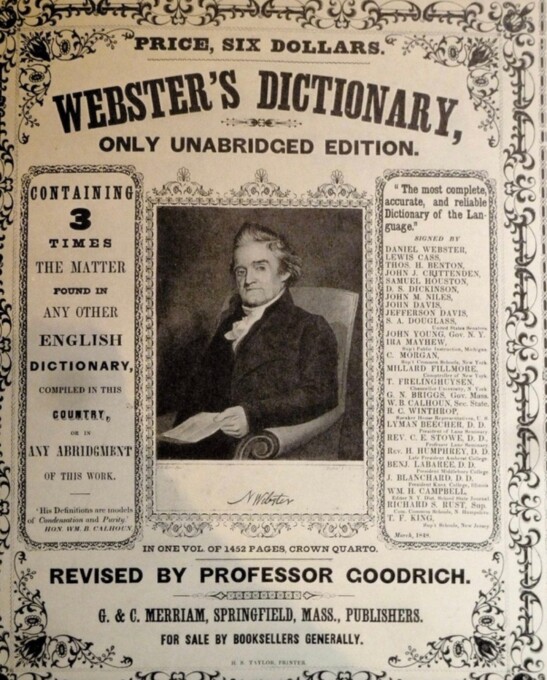Summary: This article explores how expensive dictionaries once were and how affordable and accessible they have now become.
This article originally appeared in Gale Pooley’s Gale Winds Substack.
Noah Webster published his first dictionary of the English language in 1806. He then spent the next 22 years working to make it fully comprehensive and published the two-volume An American Dictionary of the English Language in 1828. It contained 70,000 words, of which about 12,000 had never appeared in a dictionary before. There were 2,500 copies printed and listed for sale at $20. Blue-collar wages in 1828 were 5 cents an hour. That would put the time price at 400 hours. Today, blue-collar compensation (wages and benefits) is $34.76 an hour. With a time price of 400 hours today, a dictionary would cost $13,904.

Webster later published a one-volume version of his dictionary with 1,452 pages and sold it for $6. This would have cost 120 hours in 1828.


Dictionaries are basically free today with the internet. Not only does everyone get 400 hours to do something else, but we also have unlimited access to the foundational knowledge of civilization.
Tip of the Hat: Brian Roemmele

